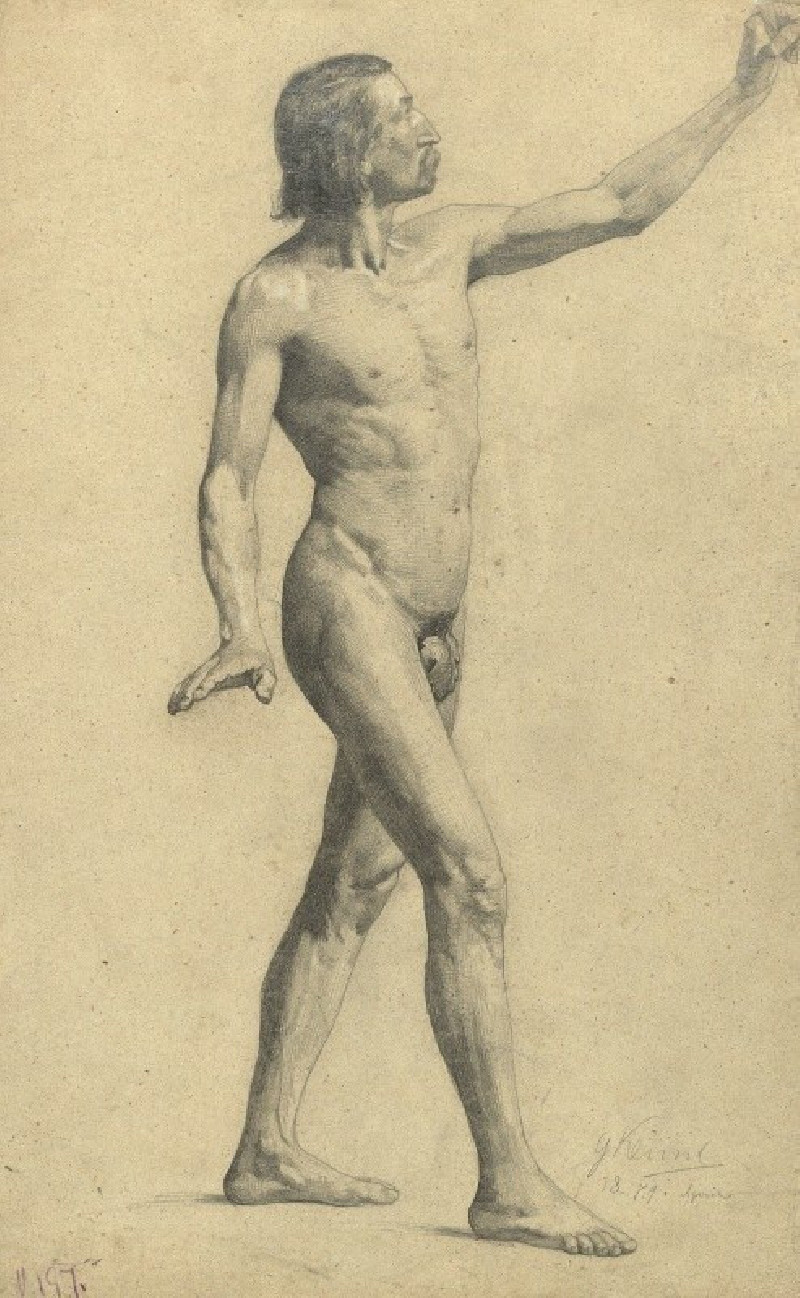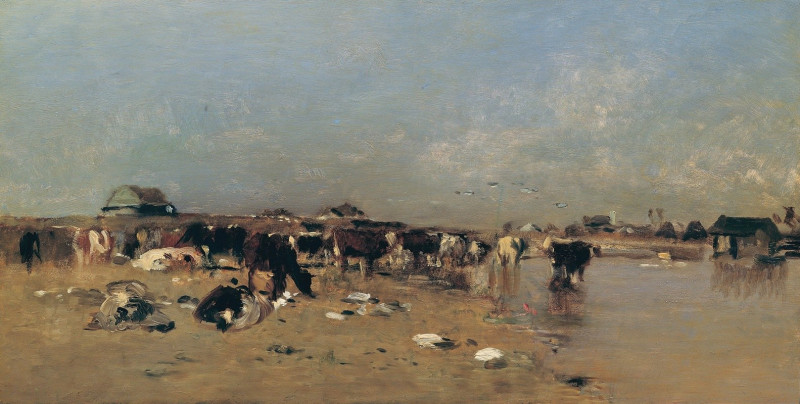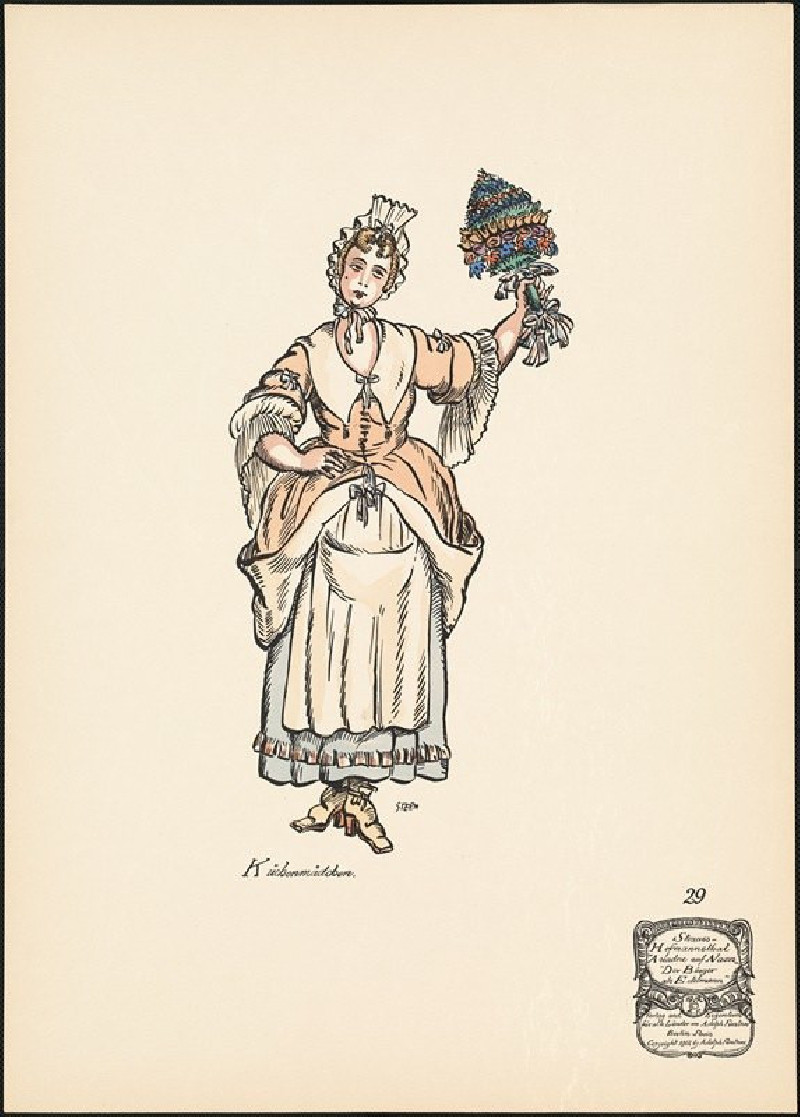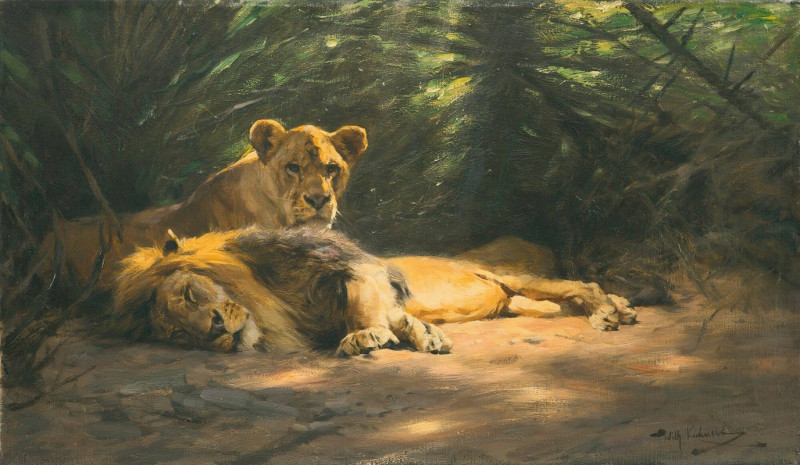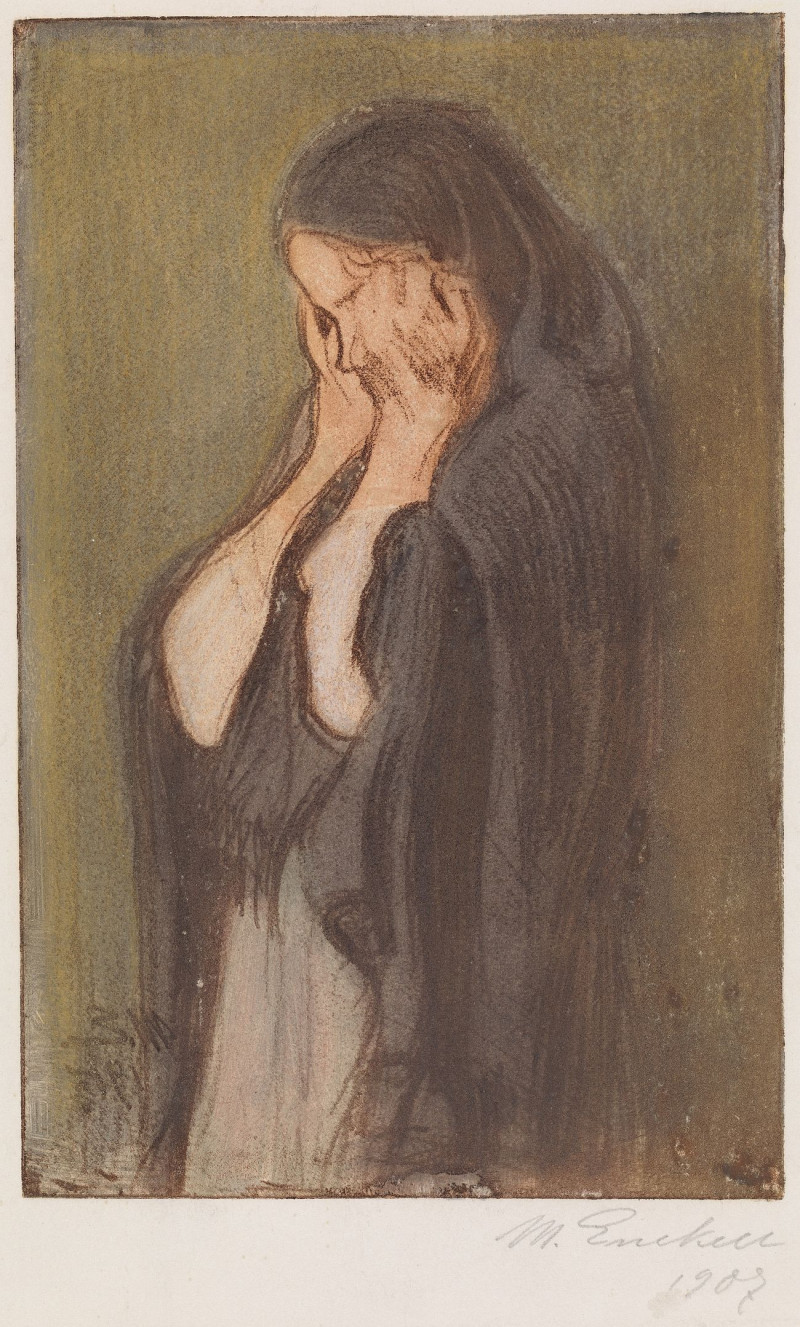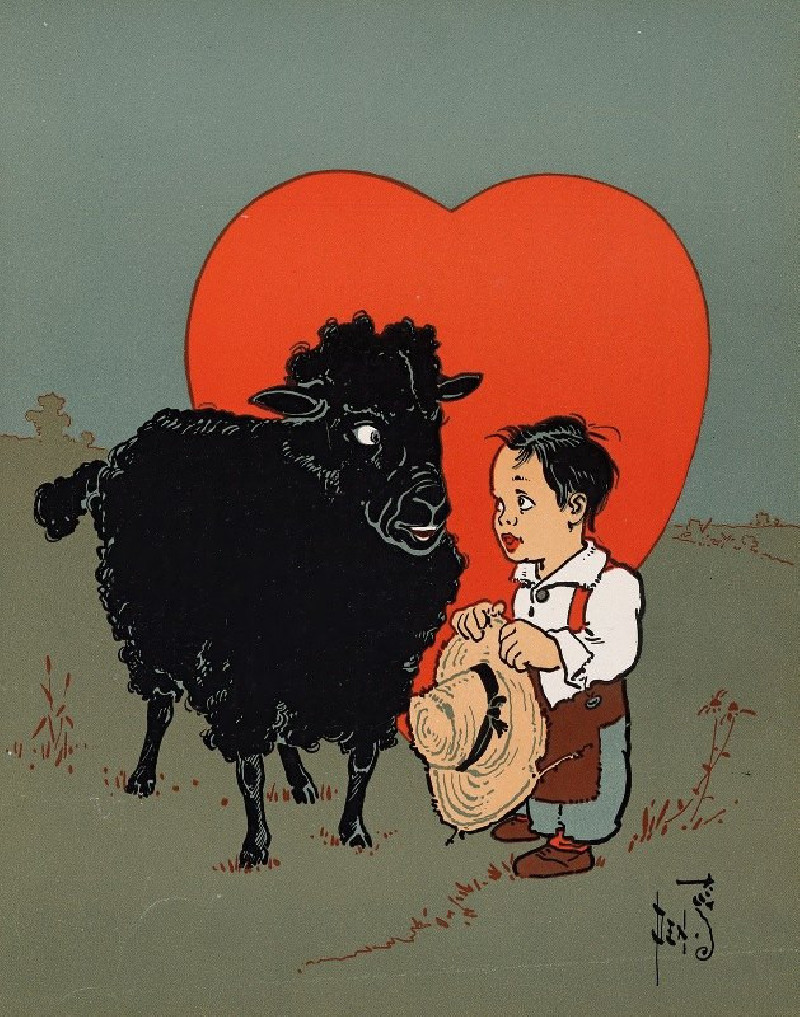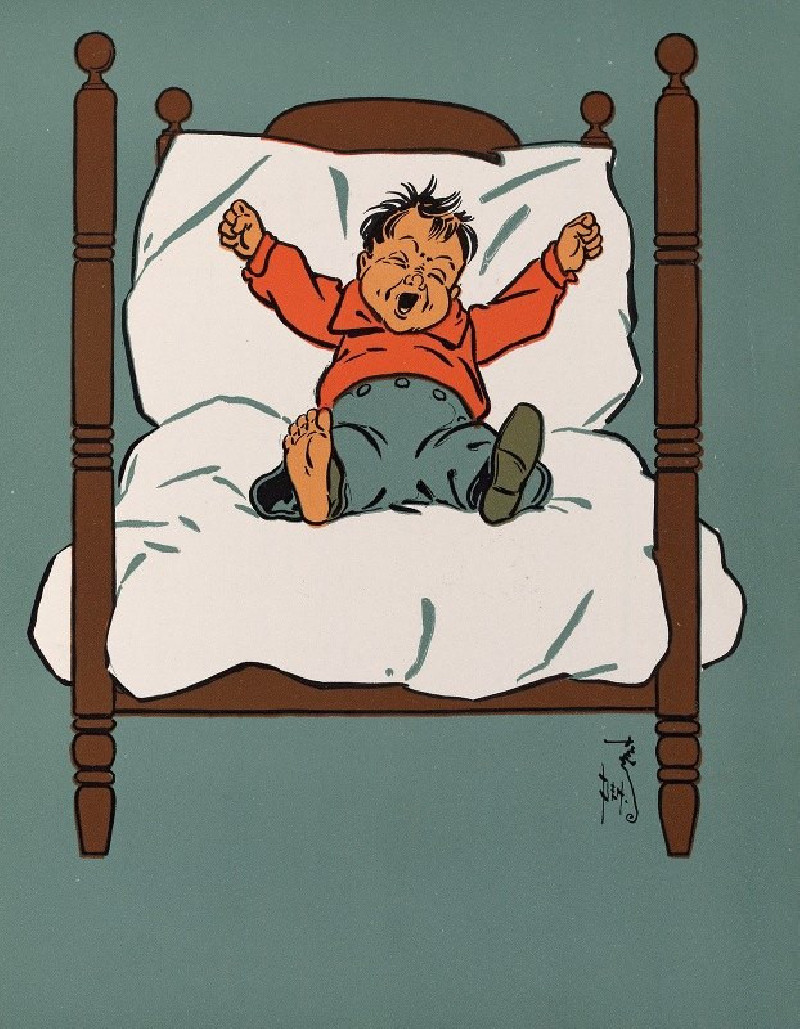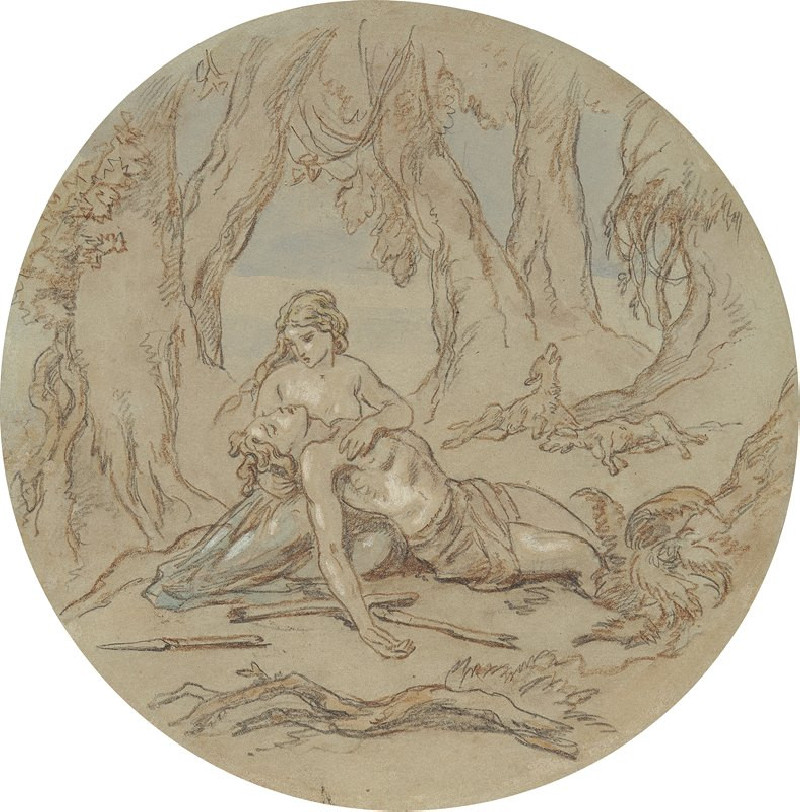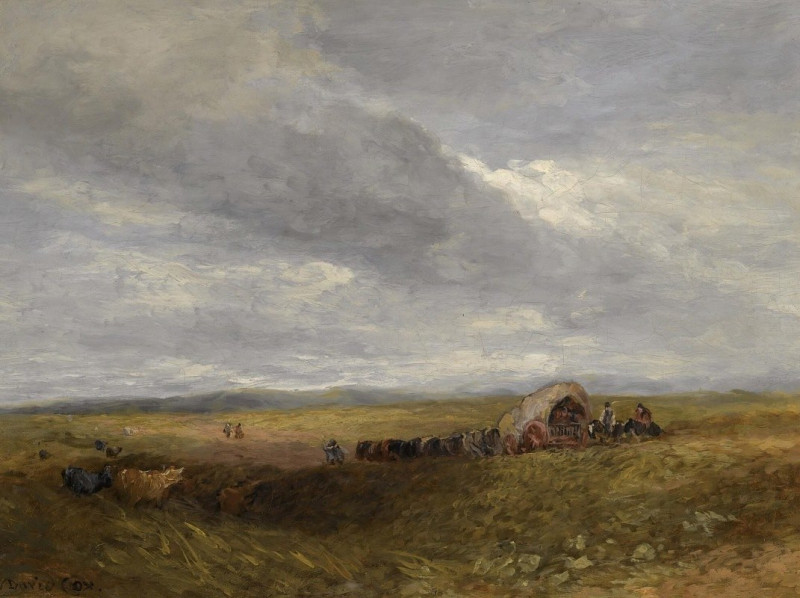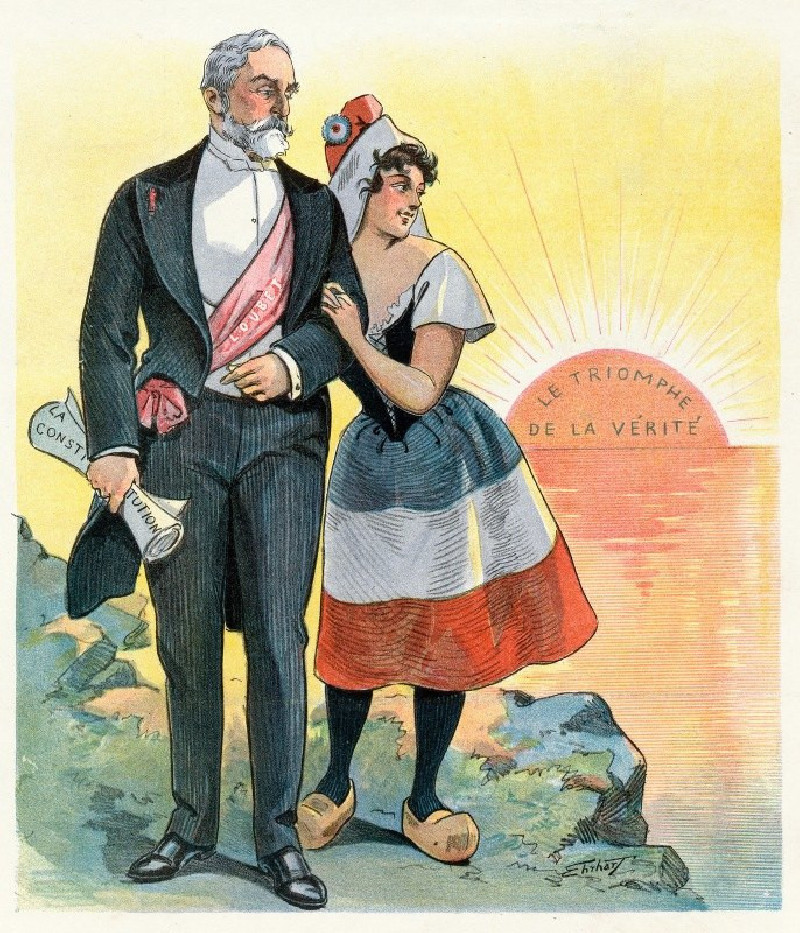Finding of Moses (Auffindung des Moses) (c. 1920)
Technique: Giclée quality print
Recommended by our customers
More about this artwork
** In his striking depiction titled "Finding of Moses" (circa 1920), German artist Otto Mueller brings an unconventional perspective to a well-known biblical narrative. Known for his vivid use of color and unique expressionist style, Mueller captures the pivotal moment when Moses, the future leader of the Israelites, is discovered among the reeds of the river Nile.Mueller's portrayal deviates from traditional renditions of the scene. Instead of focusing on the grandeur commonly associated with biblical illustrations, he opts for simplicity and abstraction. The painting features three figures set against a lush backdrop of thick, green reeds under a luminous yellow sky, evoking an atmosphere of mystery and tranquility.The central figure, presumably Pharaoh's daughter, is depicted kneeling as she reaches out towards a small infant—Moses—cradled in the reeds. Her posture and expression convey curiosity and wonderment. Flanking her are two attendants, one seated contemplatively while the other stands slightly withdrawn into the background. The minimalistic features and the stark, contrasting colors highlight the emotional essence of the moment rather than its detailed realism.Mueller's expressive strokes and the choice of vibrant yellows and deep greens create a dynamic composition that seems to oscillate between the divine and the earthly. This painting not only represents a biblical episode but also reflects the artist's exploration of human emotion and the sanctity of life's unforeseen moments."Finding of Moses" by Otto Mueller is a captivating testament to the power of visual storytelling, where color and form merge to evoke deep narratives rooted in cultural memory.
Delivery
Returns
Otto Müller was a German painter and printmaker of the Die Brücke expressionist movement.
Mueller was born in Liebau (now Lubawka, Kamienna Góra County), Kreis Landeshut, Silesia. Between 1890 and 1892 he was trained in lithography in Görlitz and Breslau. From 1894 to 1896 he studied at the Academy of Fine Arts in Dresden and continued his study in Munich during 1898. He left Munich's academy after Franz von Stuck classified him as untalented.






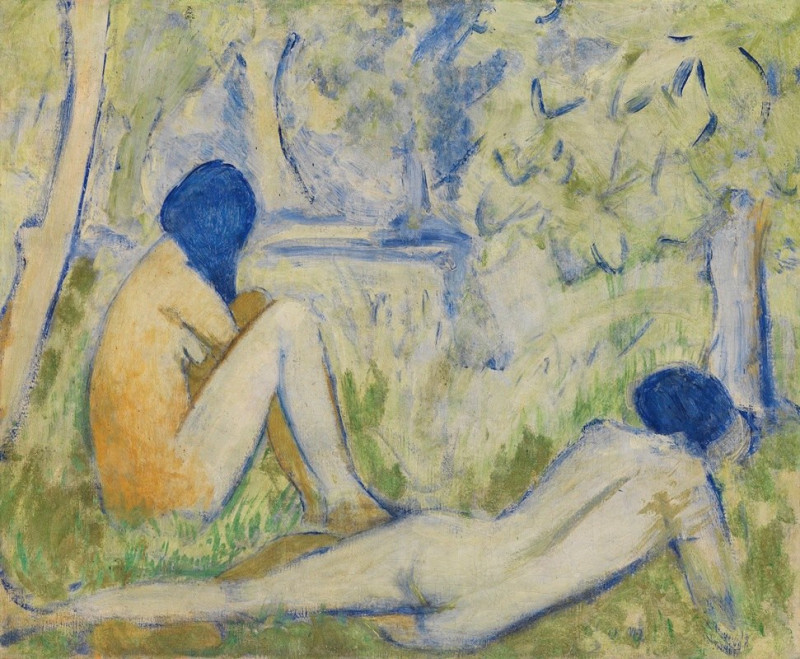
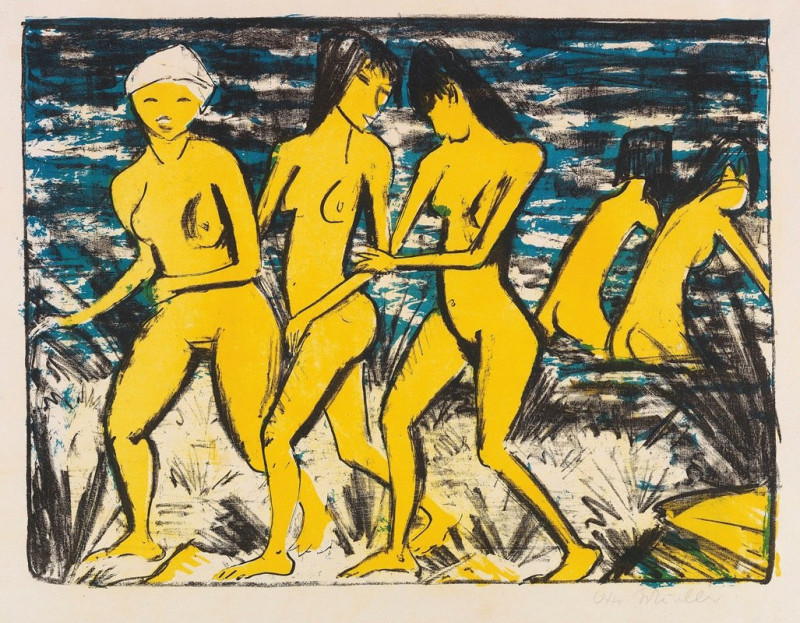
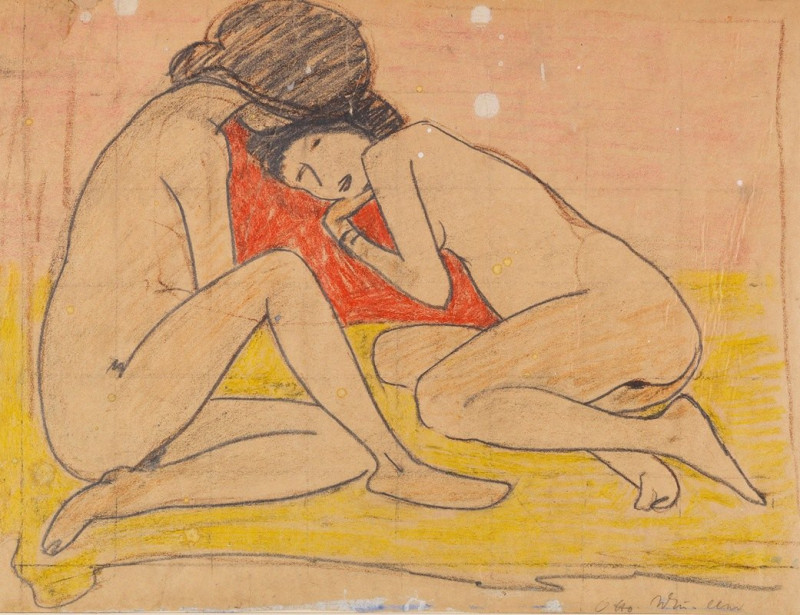
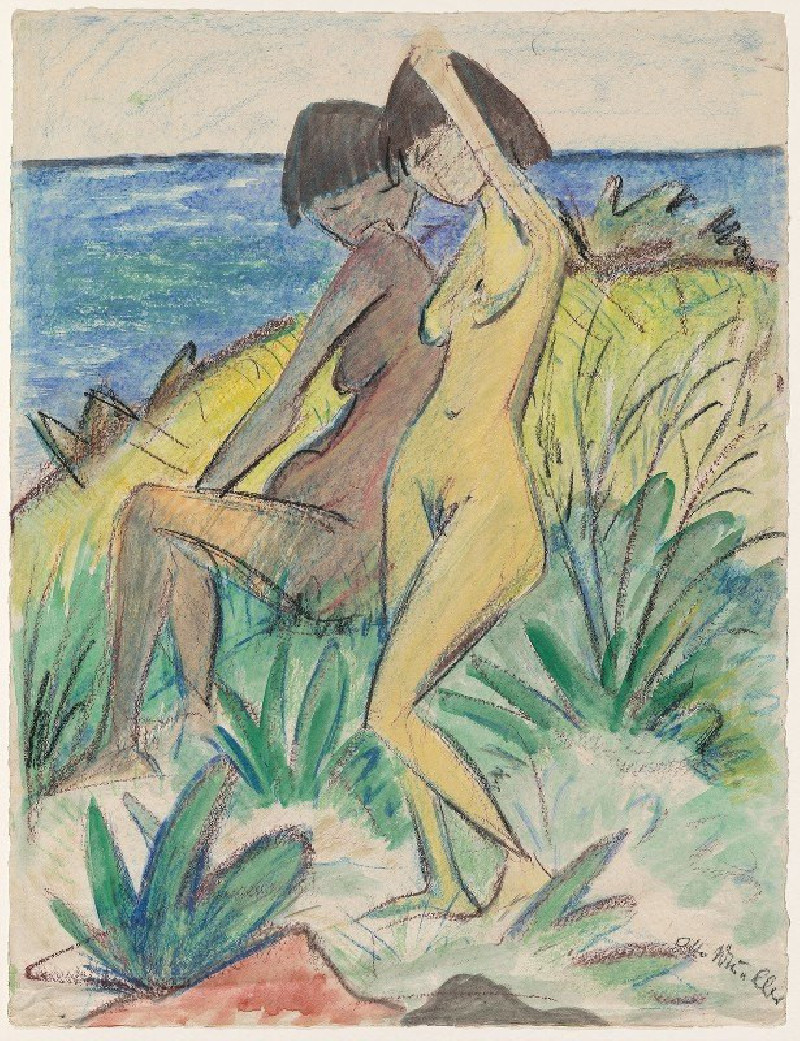
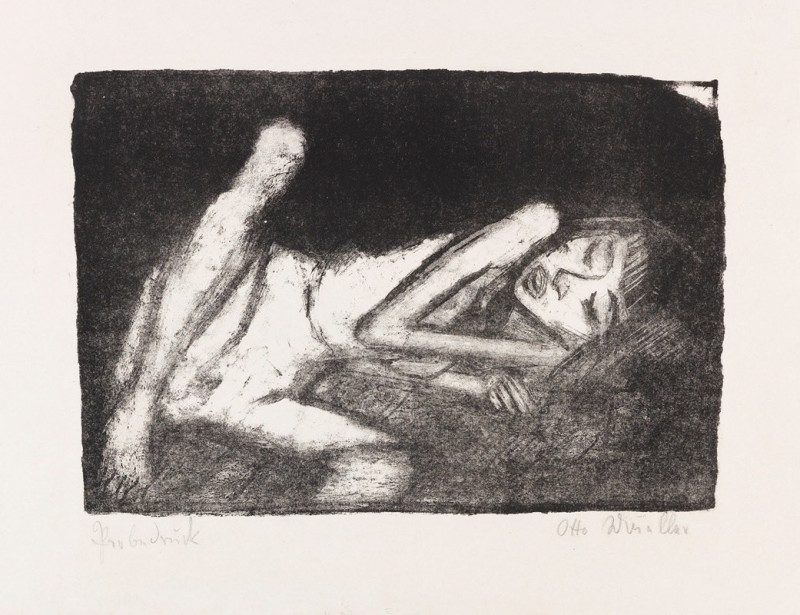
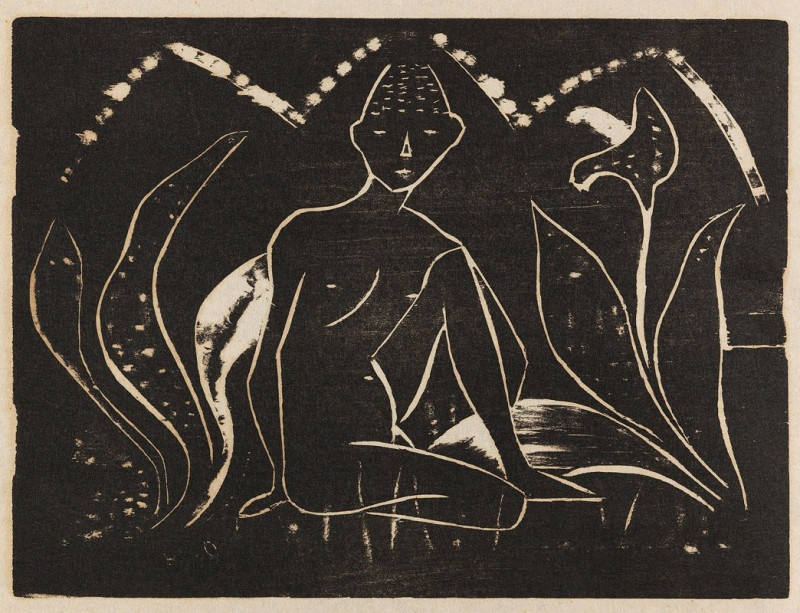

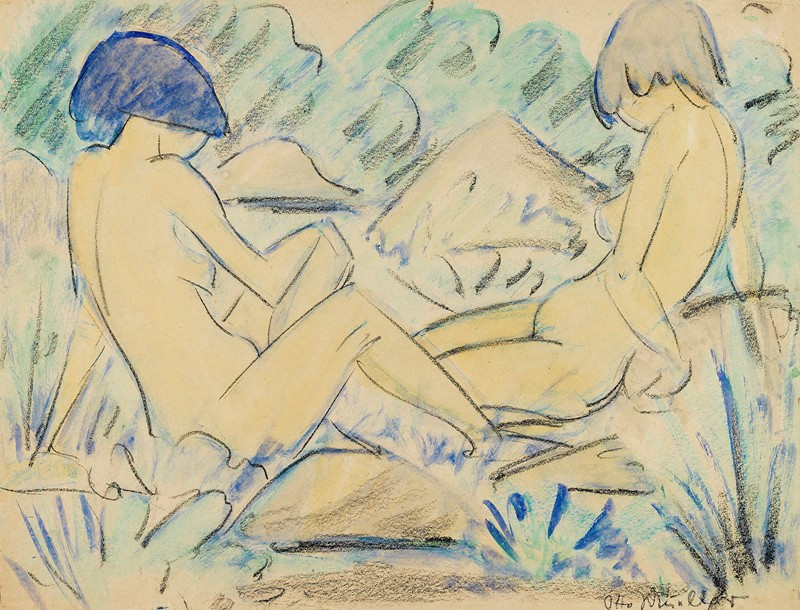
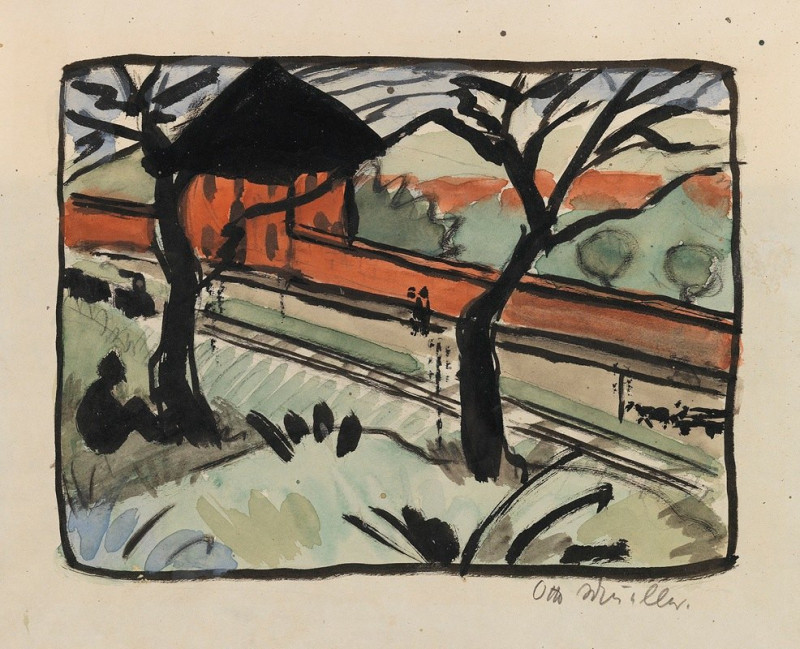
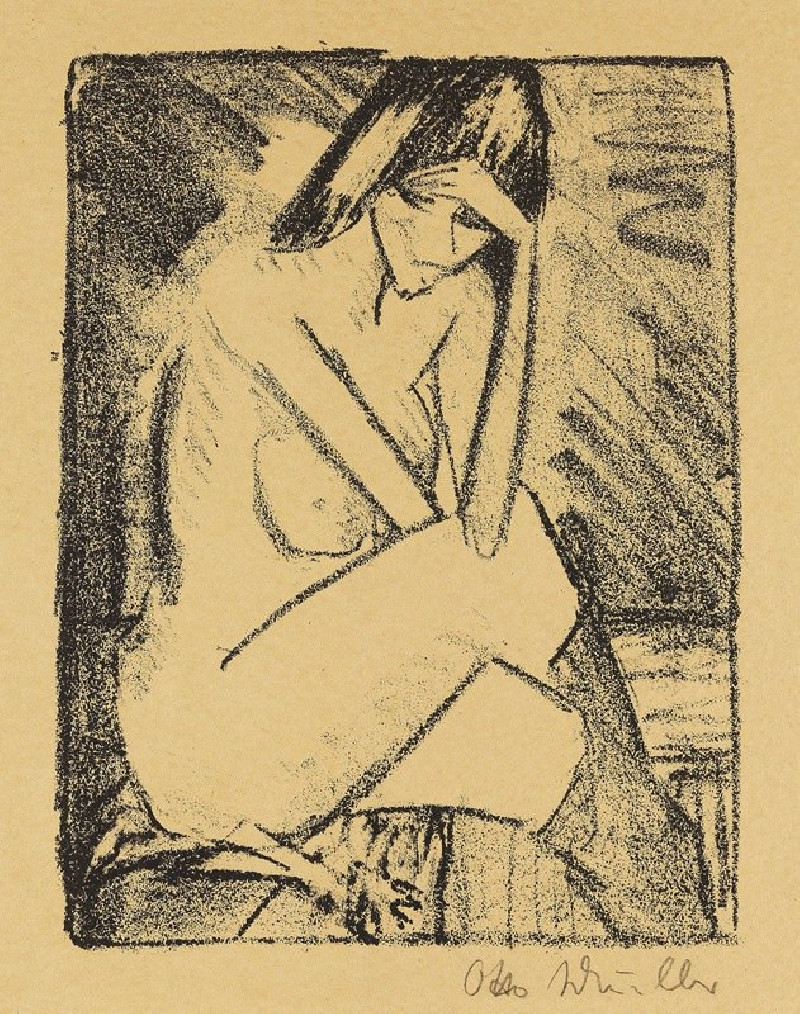
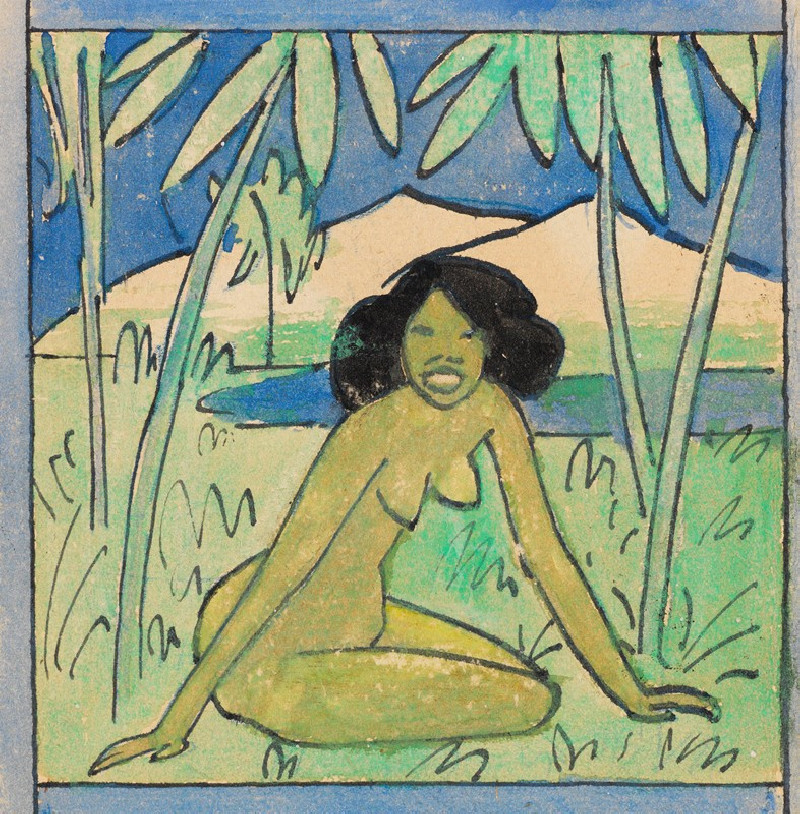
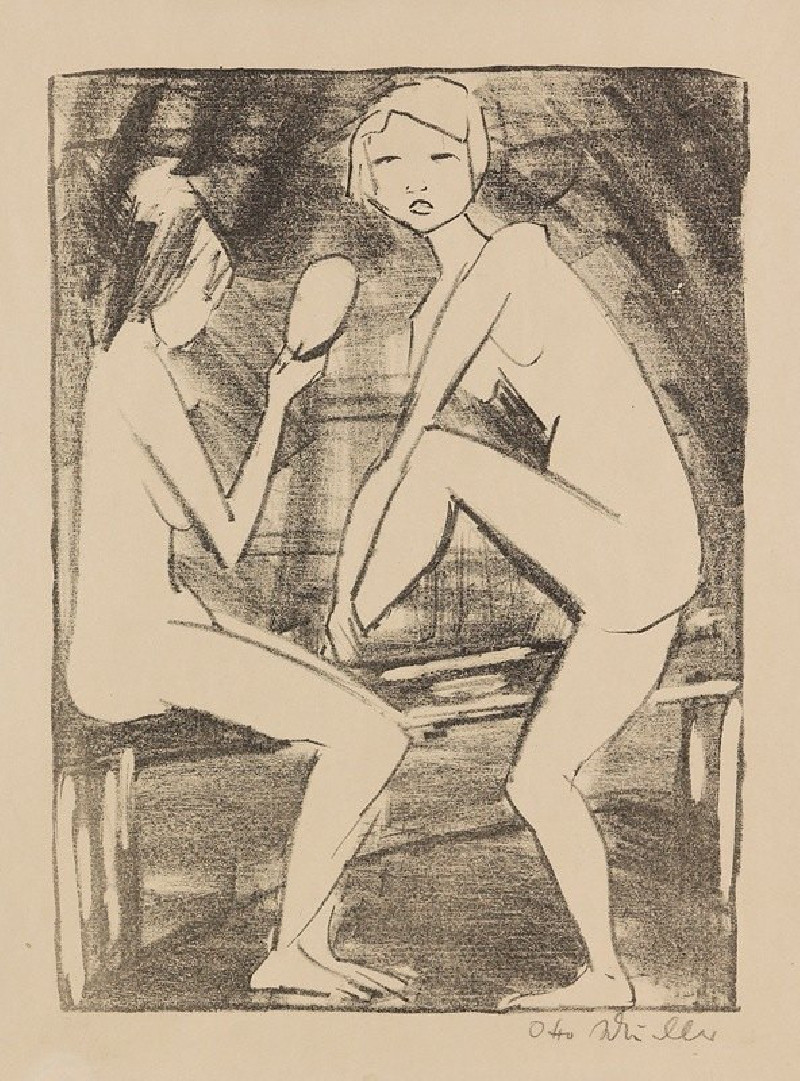
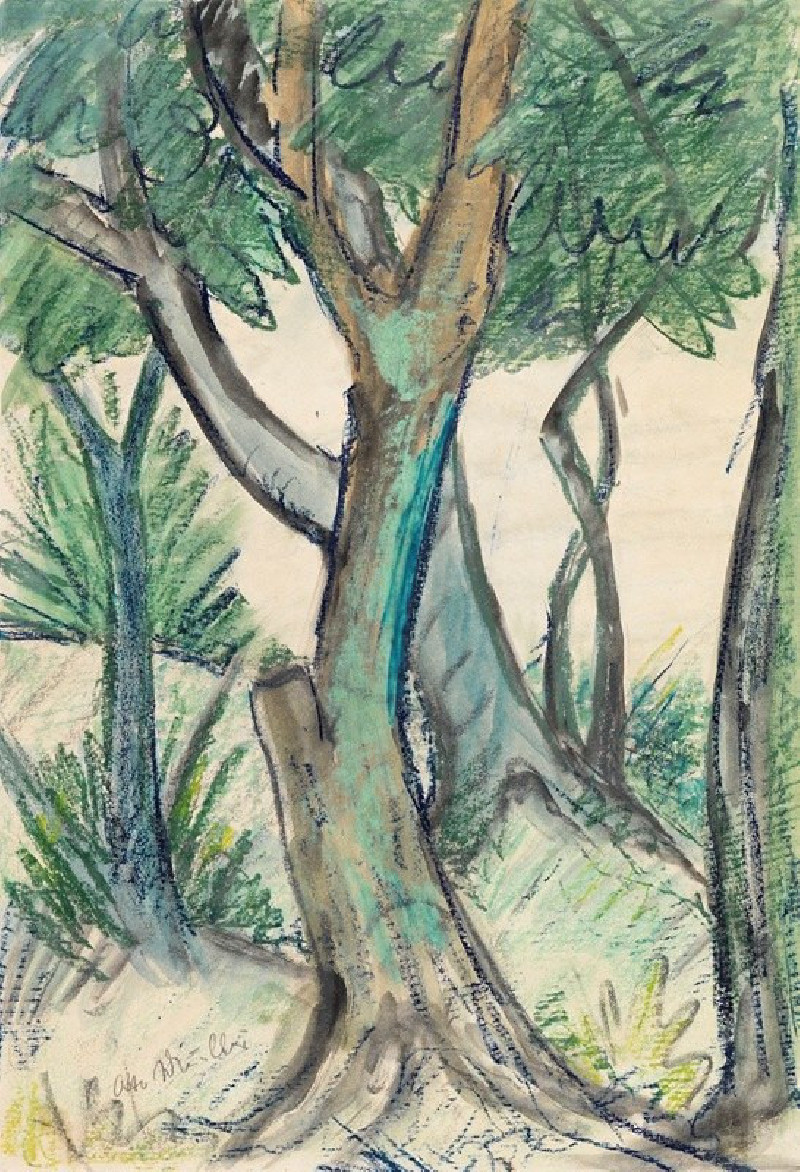





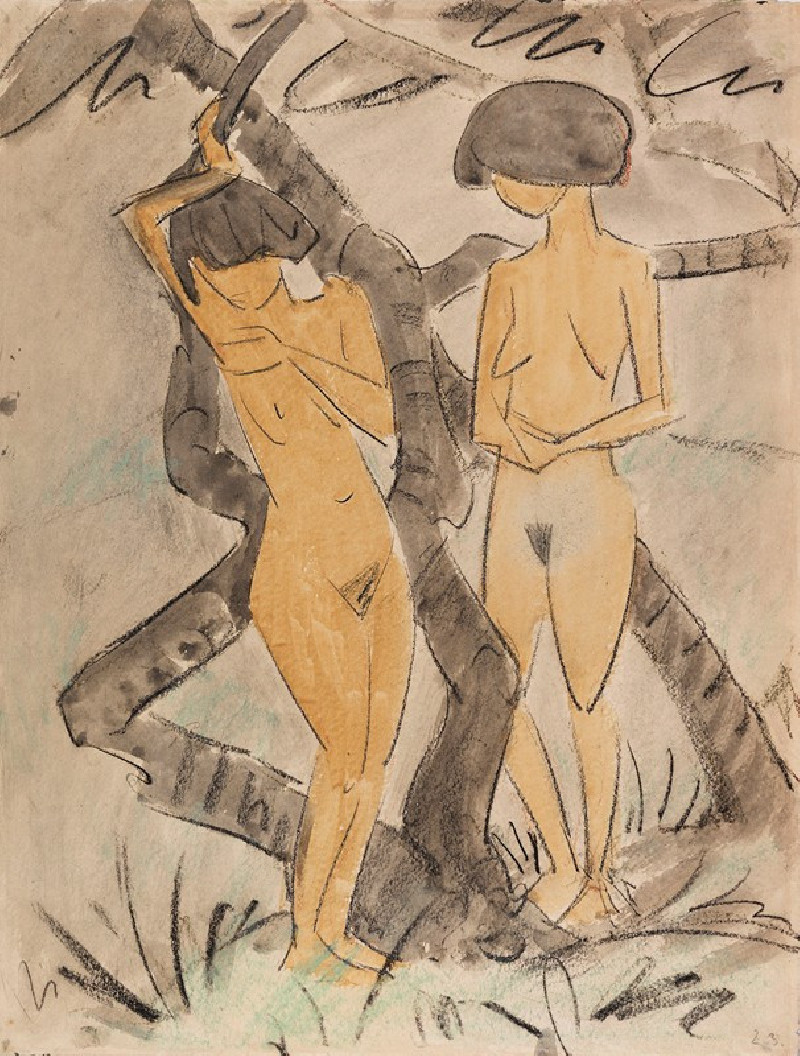

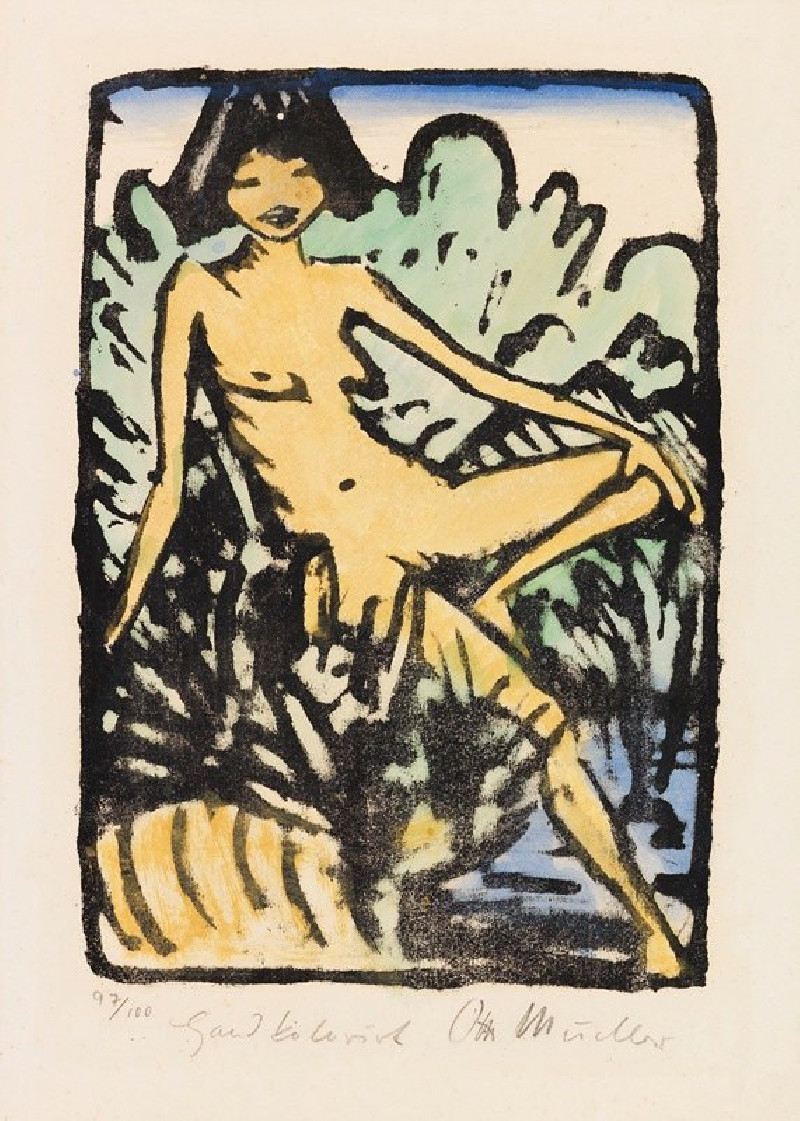
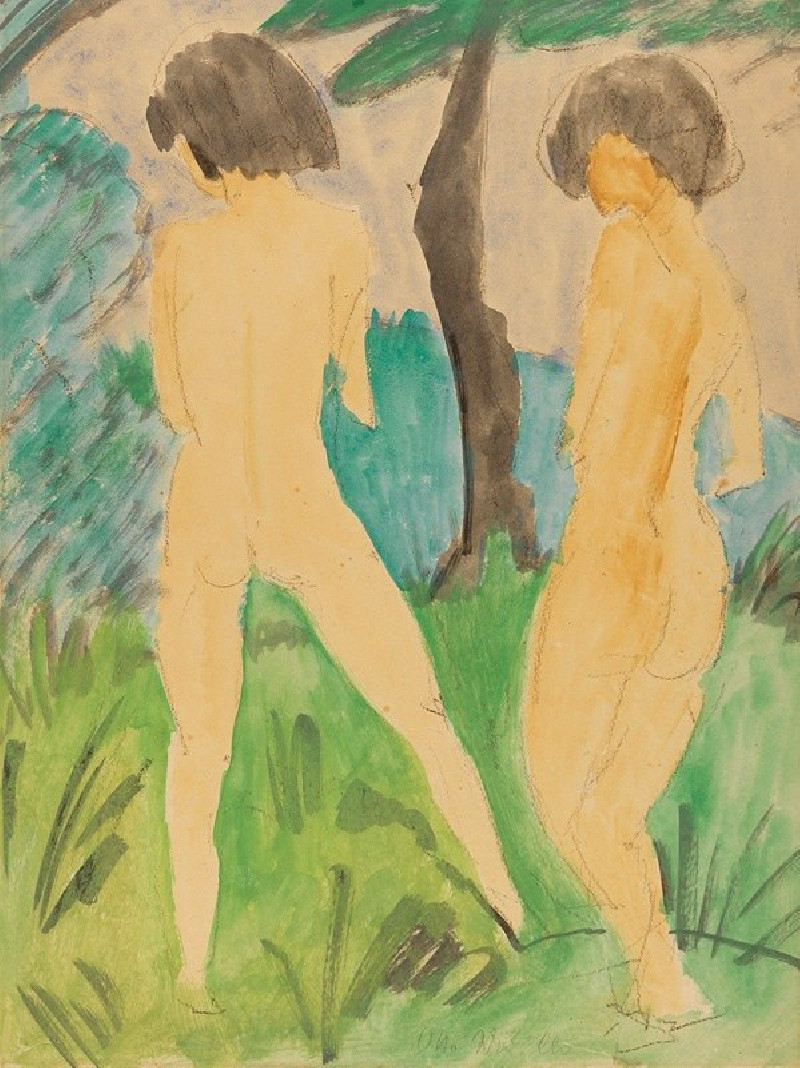

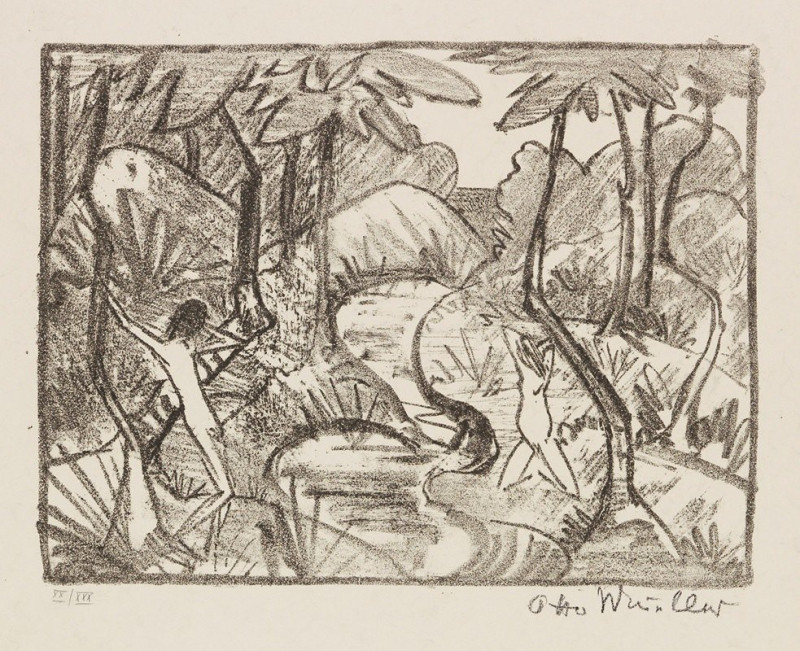


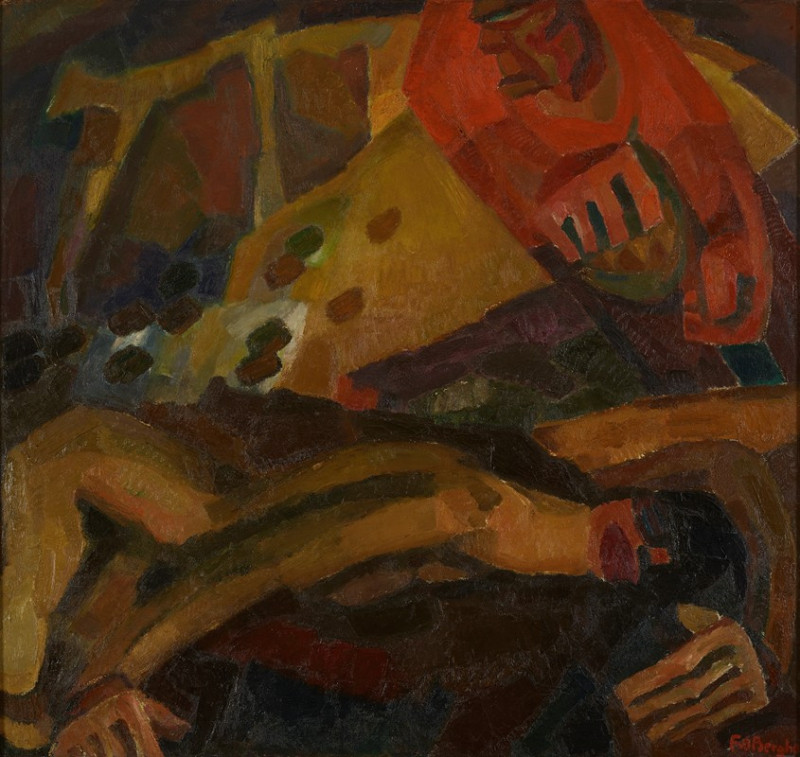
![View near Tassisudon [Tashicho Dzong] in Bhutan (1783) reproduction of painting by Samuel Davis. ALL GICLEE PRINTS](https://reprodukcijos.lt/46791-large_default/reproduction-of-view-near-tassisudon-tashicho-dzong-in-bhutan-1783.jpg)
